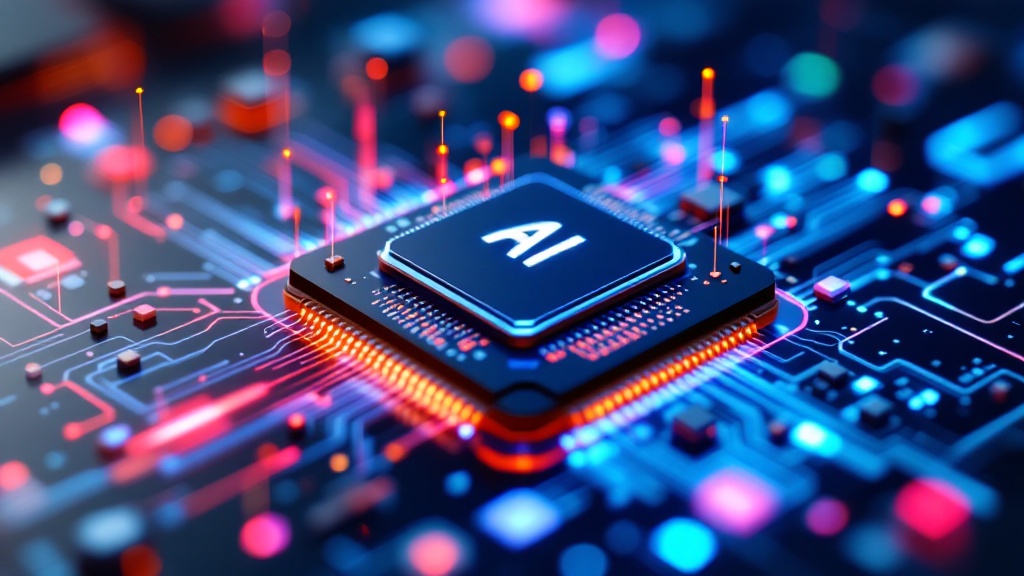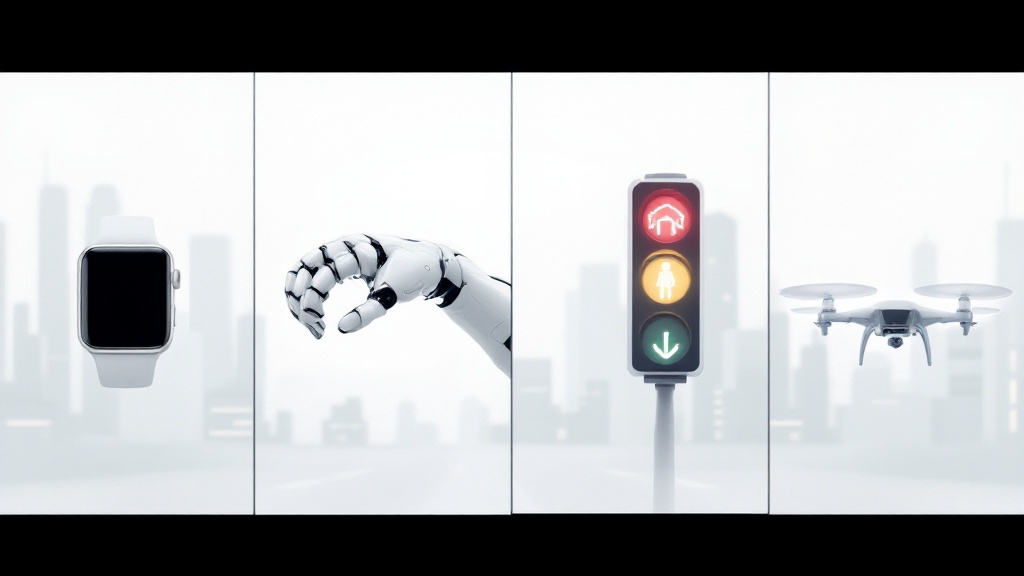Introduction
In the world of artificial intelligence (AI), innovation never sleeps. One of the most exciting breakthroughs reshaping industries in 2025 is Edge AI — the powerful combination of edge computing and AI capabilities. Unlike traditional AI models that rely heavily on centralized cloud systems, Edge AI brings the computation closer to where the data is generated: on devices like sensors, smartphones, and industrial equipment.
This change isn’t just technical; it’s transformational. From ultra-low latency applications to new levels of privacy protection, Edge AI is setting the pace for how we build smarter, faster, and more efficient systems. Let’s explore how Edge AI is shaping industries, the benefits it brings, the challenges it faces, and what the future holds.

What is Edge AI and How Does it Work?
Edge AI refers to deploying artificial intelligence models directly onto edge devices — hardware located close to the source of data generation. Instead of sending data to remote servers for processing, edge devices themselves analyze and make decisions based on that data.
This is made possible by advances in lightweight AI models and specialized hardware such as:
- AI chips optimized for mobile and IoT devices
- Microcontrollers with built-in machine learning capabilities
- Sensors that perform pre-processing before forwarding data
By minimizing the need for constant cloud communication, Edge AI reduces delays, lowers bandwidth usage, and enhances system resilience. Edge AI represents a significant shift toward decentralized intelligence, much like the concepts discussed in TinyML: How Tiny Machines Are Powering Big Innovations, where small devices perform complex tasks locally.

Key Benefits of Edge AI in 2025
Edge AI isn’t just a cool new buzzword; it brings real, tangible benefits that companies are quickly embracing:
- Ultra-Low Latency – When decisions must happen in milliseconds — such as avoiding a collision or detecting a manufacturing defect — Edge AI delivers lightning-fast responses that cloud-based solutions cannot match.
- Enhanced Privacy and Security – Sensitive data, like personal health information or biometric data, can be processed locally without ever leaving the device. This boosts privacy and reduces risks of data breaches.
- Cost Savings – By processing data locally, companies can significantly reduce their cloud storage and data transfer costs, especially in environments where vast amounts of sensor data are produced daily.
- Greater System Resilience – Even if a device temporarily loses its internet connection, Edge AI systems can continue operating independently — critical for applications in remote areas, defense, or disaster response.
The advancements in large language models underpin the processing power needed for intelligent edge computing, as explained in How Does Large Language Models Work.

Real-World Applications of Edge AI
Edge AI has moved beyond the labs and is actively transforming a wide range of industries:
- Healthcare and Wearables – Smartwatches and medical devices now monitor patients in real time, detecting heart arrhythmias or early signs of disease without needing cloud servers.
- Smart Manufacturing – Industrial robots and quality inspection systems use Edge AI to predict maintenance needs, detect anomalies in production, and optimize workflows without external dependencies.
- Retail and Customer Experiences – Interactive kiosks, personalized shopping experiences, and real-time inventory tracking are powered by edge devices analyzing customer behavior locally.
- Smart Cities – Traffic lights, surveillance cameras, and environmental sensors powered by Edge AI help manage urban environments more efficiently, improving citizen safety and sustainability.
- Autonomous Systems – Self-driving cars, delivery drones, and agricultural robots use Edge AI to make immediate operational decisions in highly dynamic environments.
Personalized AI solutions, such as those covered in The Rise of Personalized AI How Custom GPTs Are Shaping Industries, are increasingly being deployed at the network edge for optimized performance.

Challenges and Limitations of Edge AI
Despite its advantages, Edge AI isn’t without hurdles:
- Hardware Constraints – Edge devices have limited computational power compared to massive cloud data centers. This necessitates more efficient, smaller AI models — which can sometimes sacrifice accuracy for speed.
- Update and Maintenance Complexity – Rolling out software updates, security patches, and retraining models across thousands of edge devices remains a major logistical challenge.
- Security Risks – While Edge AI protects data privacy better, the devices themselves become attractive hacking targets. Physical tampering or sophisticated cyberattacks can compromise entire networks.
- Energy Efficiency Concerns – Battery-powered edge devices must balance processing power with energy consumption. Advancing ultra-low-power AI hardware remains a pressing need.
The integration of AI-powered chatbots into edge devices enhances real-time user interactions, a theme explored in Enhancing User Experience with AI-Powered Chatbots.

The Future of Edge AI: What to Expect
The future of Edge AI is blazing bright in 2025 and beyond. Here’s what we can expect:
- Edge-Cloud Collaboration – Hybrid models where edge devices pre-process data and send only summaries to the cloud are becoming standard. This enhances both speed and scalability.
- Rise of Specialized AI Hardware – New chips like Tensor Processing Units (TPUs) and Neuromorphic Processors are being designed specifically for efficient edge computing.
- AI-Generated Models On-Device – Advances in techniques like TinyML and model compression will allow devices to train their own models based on local data, leading to hyper-personalized experiences.
- Sustainability Focus – Future edge devices will prioritize energy-efficient AI models, aligning with global sustainability goals and the rising importance of green tech.
Companies integrating Edge AI into their strategies today will have a significant advantage, offering faster, smarter, and safer solutions in an increasingly connected world. The evolving context-awareness of AI systems, as discussed in AI is Becoming More Context-Aware and Emotionally Intelligent, plays a crucial role in the effectiveness of edge intelligence.

Conclusion
Edge AI isn’t just the next step for artificial intelligence — it’s a complete shift in how we think about data, computation, and real-world applications. In 2025, Edge AI is empowering industries to operate faster, smarter, and more securely, creating opportunities previously limited by cloud dependencies.
While challenges exist, innovation in hardware, software, and hybrid architectures is overcoming them rapidly. As businesses and developers continue to embrace this technology, Edge AI will be the silent intelligence behind the devices and systems that define the future. Explore GEE-P-TEE now.

Leave a Reply